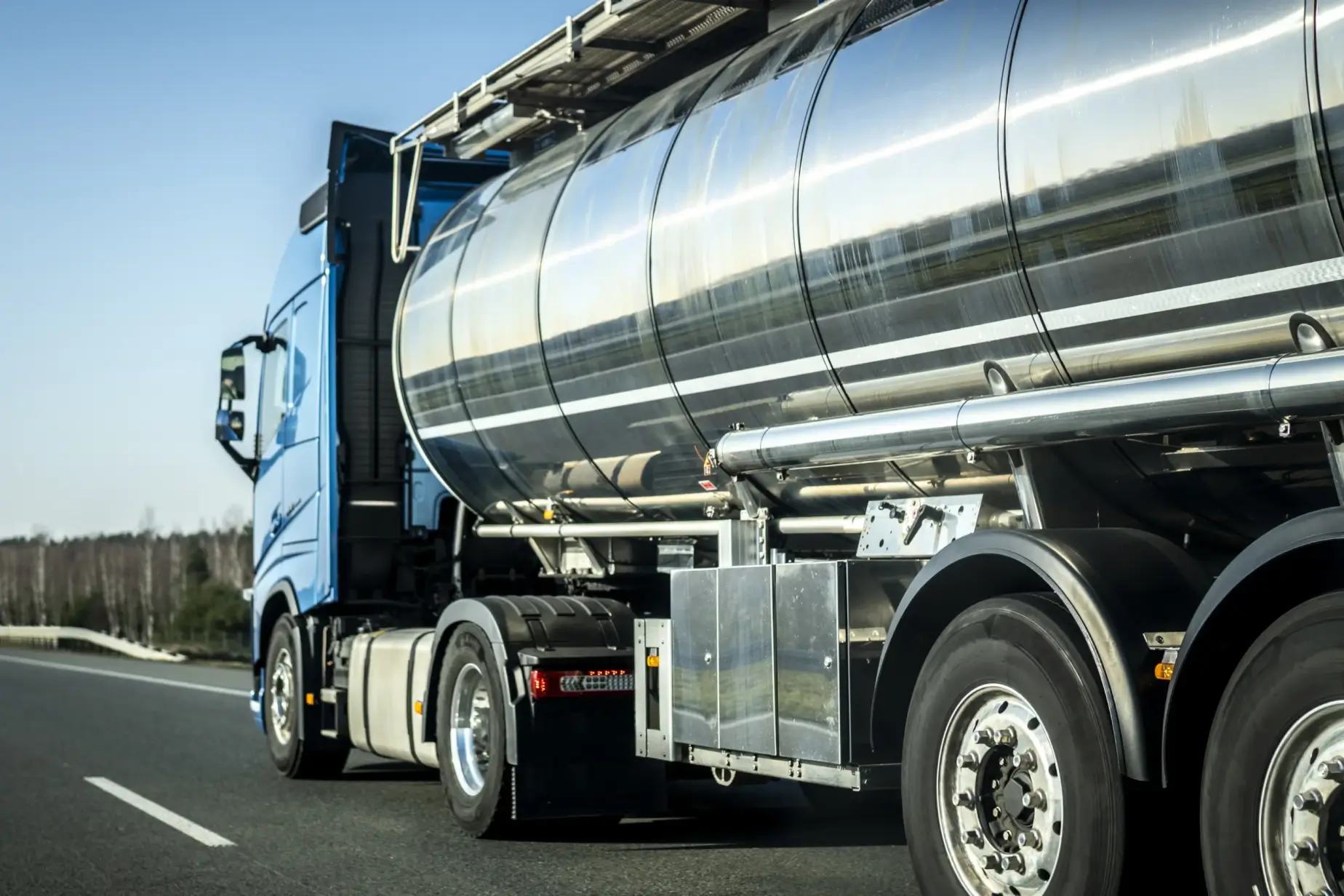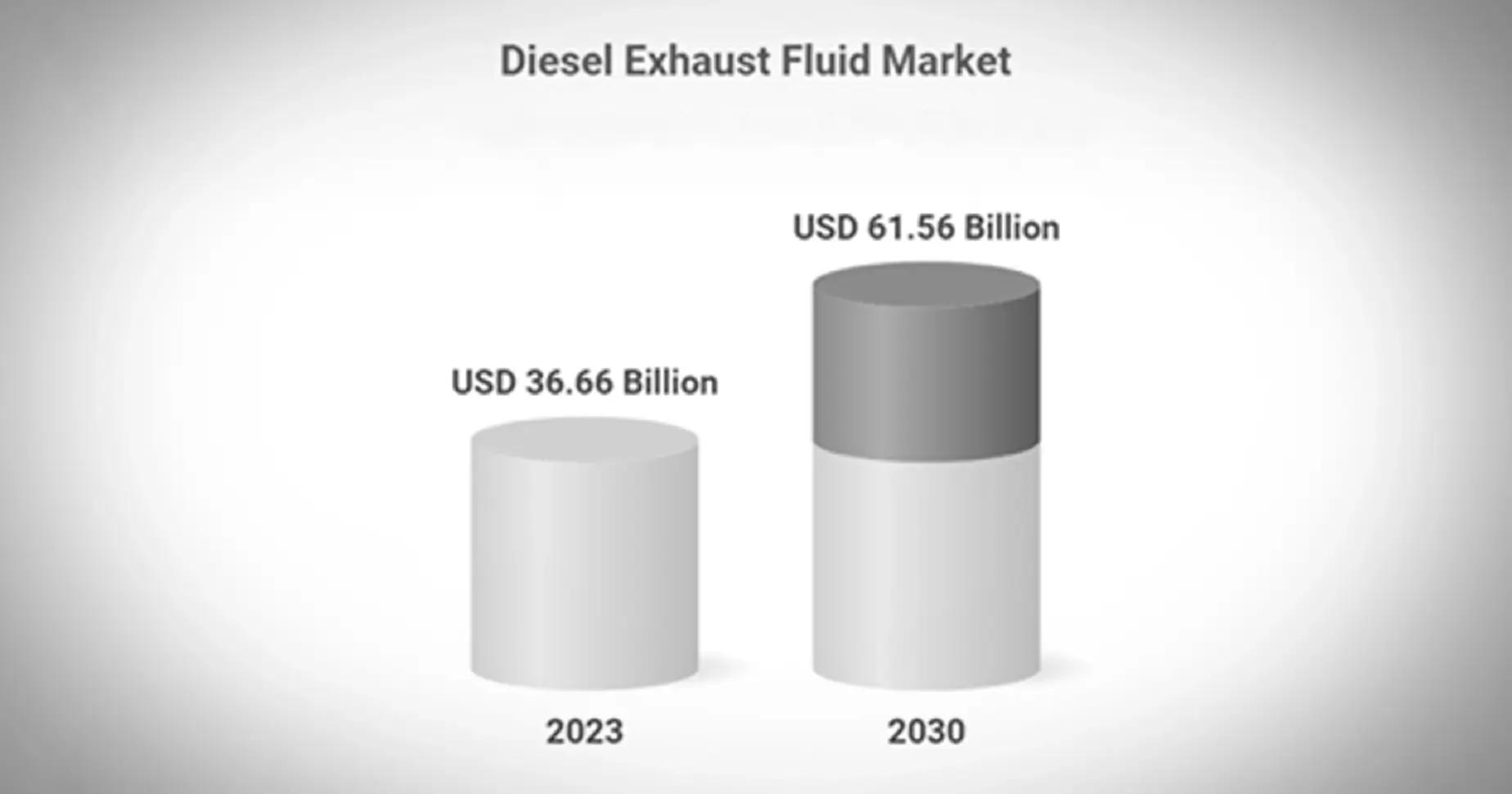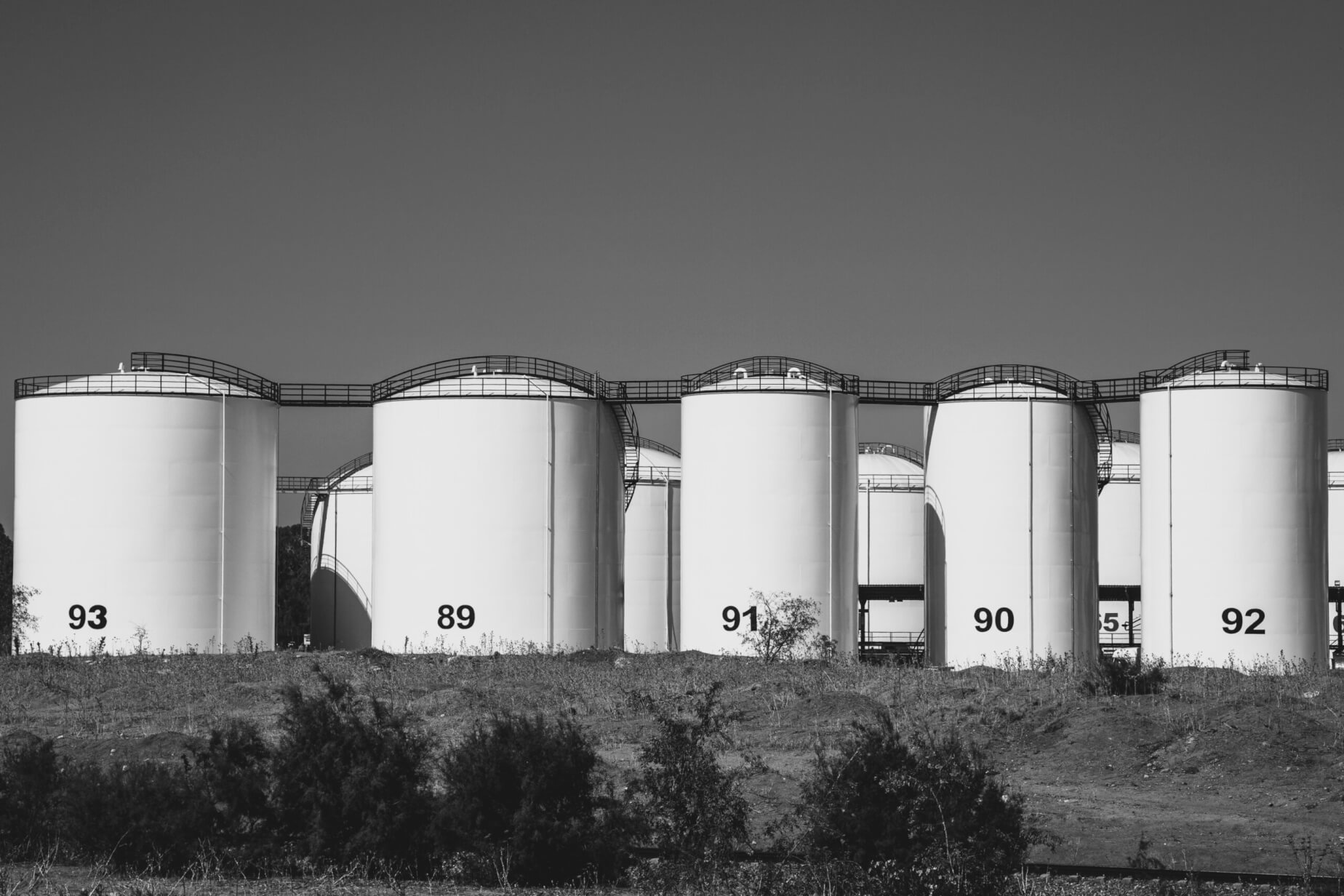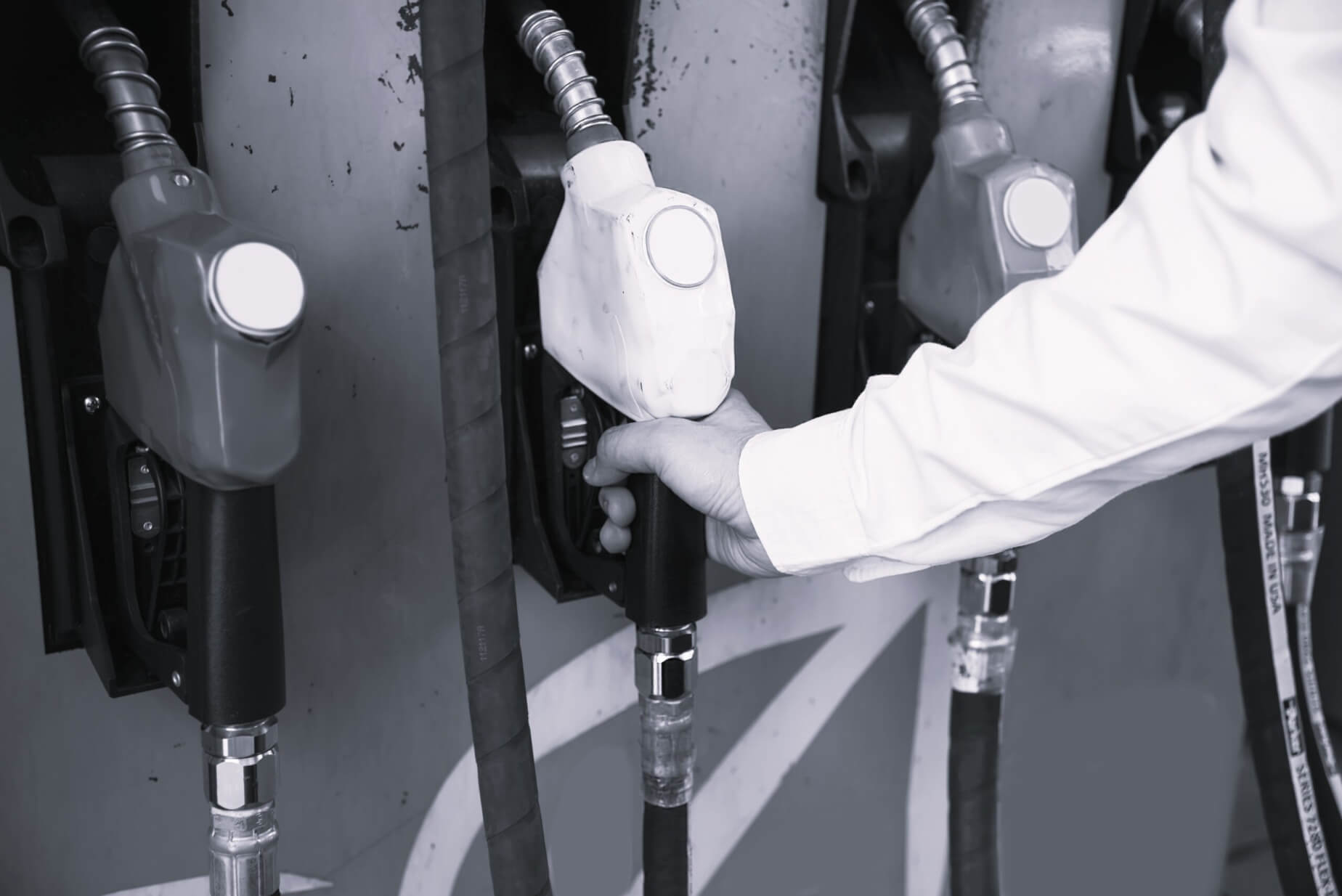Industries like agriculture, construction, and transportation need a reliable fuel supply to survive. Running out of fuel at a critical moment can mean delays, lost productivity, and costly downtime. That’s where fuel transfer tanks come in. These tanks provide a safe, efficient, and mobile solution for storing and dispensing fuel directly where it’s needed, eliminating the hassle of frequent trips to fueling stations.
However, choosing the right fuel transfer tank involves more than just picking a container. You need to consider capacity, material, safety features, and compliance with regulations like DOT-approved fuel tanks for legal road transport. Pairing your tank with the right fuel transfer pump ensures a smooth and controlled fueling process, preventing spills and waste.
Whether you’re a farmer refueling machinery, a contractor managing heavy equipment, or a fleet operator ensuring trucks stay on the road, understanding your options in transfer fuel tanks can make all the difference.
What is a Fuel Transfer Tank?
A fuel transfer tank is a portable fuel storage solution designed to safely and efficiently transport fuel. These tanks are built to handle diesel, gasoline, and other liquid fuels, making them a crucial tool for industries that rely on a steady fuel supply. Equipped with features like fuel transfer pumps and secure fittings, these tanks help streamline fueling operations while maintaining safety standards and also come in cube and cylindrical shape, so that you can choose what suits you best.
Farmers use transfer fuel tanks to fuel tractors, harvesters, and other machinery, while long-haul drivers and fleet operators rely on them for refueling flexibility. They are also very useful at construction sites, where they provide on-site fuel for heavy equipment like excavators, loaders, and generators.
What Is the Purpose of a Fuel Transfer Pump?
A fuel transfer pump is a device specifically designed to move fuel from a fuel transfer tank to machinery, vehicles, or storage containers. A fuel transfer tank with pump eliminates the need for manual fuel handling, ensuring a smooth and efficient transfer process. The primary function of a fuel transfer pump is to ensure efficient and accurate fuel delivery, minimize chances of spill and contamination, and speed up refueling operations.
Flow rate is a key aspect of the fuel transfer pump as it determines how quickly the pump can dispense fuel, usually measured in gallons per minute (GPM). A higher flow rate is ideal for larger equipment that requires rapid refueling. Durability is another critical factor, with pumps needing to be built from high-quality, corrosion-resistant materials to withstand harsh working conditions.
Fuel compatibility is essential, as some pumps are specifically designed for diesel, gasoline, or other liquid fuels. Using a pump that matches your fuel type ensures efficiency and longevity.
Last but not least, you should also consider the best portable fuel tanks for added convenience on your worksite, and your team needs to be aware of safety tips to keep operation running smoothly without any trouble.
Are Fuel Transfer Tanks Worth It?
If you’ve ever run out of fuel in the middle of an important job, you know how frustrating and costly it can be. Fuel transfer tanks solve this problem by giving you a portable, reliable fuel source wherever and whenever you need it.
Buying fuel in bulk is almost always cheaper than filling up at a station. Over time, this can lead to significant savings, especially for businesses that rely on fuel daily. Having fuel readily available on-site means less downtime and more time getting the job done.
Farmers rely on refueling tank systems to keep tractors and harvesters running smoothly during busy seasons. They are also useful for contractors working in remote locations allowing them to power generators, excavators, and heavy machinery without having to haul equipment back and forth for refueling, which is why we offer construction site refueling services. This keeps projects moving by ensuring all vehicles and equipment have fuel on-site, rather than wasting time searching for a fuel station.
If you are keeping fuel on work sites, you also need to make sure it aligns with OSHA’s fuel storage requirements to keep yourself out of legal trouble and the team out of harm’s way.
Can You Put Gas in a Fuel Transfer Tank?
You can put gasoline in a fuel transfer tank, but only if the tank is specifically designed for it. Not all fuel transfer tanks are built to handle gasoline. Many tanks are designed primarily for diesel, which is less volatile. Using a tank that isn’t rated for gasoline can lead to leaks, corrosion, or even dangerous vapor buildup. Unlike diesel, gasoline produces highly flammable vapors that can ignite easily. This means proper ventilation and handling are essential to prevent pressure buildup inside the tank, which could lead to dangerous situations like explosions or fire hazards. To ensure safety, it’s important to follow safe refueling practices and protocols that minimize risks during fuel transfer.
Before using any tank for gasoline, make sure it is explicitly rated for gasoline storage. Look for DOT-approved fuel tanks that meet federal safety standards. Gasoline expands and releases vapors, so your tank must have venting mechanisms to release pressure safely. Never store gasoline in a completely sealed container without proper vents.
Always ground the tank and the receiving equipment when transferring gasoline to prevent static electricity buildup, which could ignite fumes. Using an anti-static grounding cable can significantly reduce this risk.
If you’re using a fuel transfer tank with pump, make sure it is designed for gasoline. Some pumps are only meant for diesel or other fuels and may not have the necessary safety features for gasoline handling.
What Makes a Fuel Transfer Tank DOT Approved?
A DOT-approved fuel transfer tank is one that meets the Department of Transportation standards for safely transporting flammable liquids like gasoline and diesel. These tanks are specifically designed to reduce risks associated with fuel storage and transport, ensuring they can withstand harsh conditions without leaks, spills, or explosions.
Tanks must be made from strong, corrosion-resistant materials like aluminum or steel to prevent wear, leaks, or damage during transport. Because flammable liquids expand and release vapors, DOT-approved fuel tanks include venting mechanisms that prevent dangerous pressure buildup inside the tank. The tanks also come equipped with roll-over protection, secure fittings, and leak-proof seals to ensure fuel remains contained even in the event of an accident.
If your fuel tank isn’t DOT-certified, you could face fines or legal penalties for transporting hazardous materials improperly.
Factors to Consider When Buying a Fuel Transfer Tank
Not all fuel transfer tanks are designed for every type of fuel. It’s important to ensure that the tank you choose can safely store and transport the specific fuel you plan to use, whether it’s diesel, gasoline, or another liquid fuel.
The size of the fuel transfer tank should also match your operational needs. For example, a 50-100 gallon tank is usually sufficient for fueling tractors, small machinery, or backup generators at a small farm, or for personal use. However, heavy equipment and fleets often require 200+ gallon tanks to minimize refueling downtime and improve efficiency. Some larger tanks require DOT approval for transport, so be sure to check regulations before purchasing.
The material of your fuel transfer tank impacts its durability, weight, and longevity. The two most common options are steel and aluminum where the former is known for its strength and durability making it ideal for heavy-duty use, whereas the latter is light and quite resistant to corrosion, forming a great choice for those looking for portability and longevity.
Ensure the tank meets Department of Transportation standards for legal road transport, and has reliable venting systems to prevent dangerous pressure buildup inside the tank. Secure fittings, roll-over protection, and leak-proof seals help contain fuel safely, minimizing waste and environmental hazards.
Maintenance Tips for Fuel Transfer Tanks
Regular maintenance not only prevents contamination and leaks but also extends the lifespan of your tank. By following a few simple maintenance practices, you can keep your fuel transfer tank in top condition.
- Adopt a simple cleaning routine, like flushing out old fuel and removing any debris to help prevent contamination and keep your machinery running efficiently. If you notice sludge or sediment at the bottom of the tank, it’s a clear sign that it’s time for a deep clean.
- Check for leaks, cracks, or wear on key components like hoses, fittings, and fuel transfer pumps. Even a small leak can lead to fuel loss, safety hazards, or costly repairs down the line.
- Keep your fuel transfer tank in a well-ventilated area to avoid dangerous fume buildup, and make sure it’s away from heat sources or anything that could cause accidental ignition.
- If possible, protect it from extreme weather conditions to prevent rust and corrosion, which can weaken the tank over time.
Why Fuel Transfer Tanks Matter
A fuel transfer tank provides a safe, efficient, and portable way to store and transport fuel, ensuring that you always have a steady supply when and where you need it. Ask yourself, what type of fuel are you storing? How much fuel do you need? What features matter most and what safety precautions do you need to take care of?
If you’re transporting fuel on public roads, you’ll need a DOT-approved fuel transfer tank to stay compliant with safety regulations. These tanks are built to prevent leaks, spills, and pressure buildup, reducing the risk of accidents and keeping you on the right side of the law.
A fuel transfer tank is more than just a convenience; it’s a game-changer for anyone who depends on a reliable fuel supply.
Need Reliable Refueling Services? Fuel Logic Has You Covered!
Instead of dealing with the hassle of refueling yourself, trust Fuel Logic’s generator refueling service to deliver safe, efficient, and DOT-compliant fuel directly to your location. We also offer specialized solutions like reefer fuel tanks for refrigerated trailers to extend fuel life.
Fuel Logic operates across multiple locations—find one near you or visit our FAQ page for more details. Ready to refuel? Call us today or place an order online for fast, reliable service.
Visit Fuel Logic to explore our full range of fuel solutions, including DEF fuel services.






